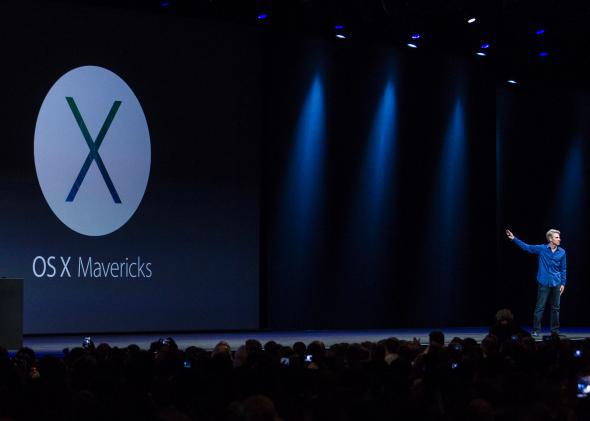I upgraded to the latest version of Mac OS yesterday. The price: $0. This was a bit of a revolution in the PC world, which has long been dominated by Microsoft (for whom OS sales are a core business) and where Apple has always demanded money to get the latest version of the operating system. In the past couple of upgrade cycles, though, Apple has been lowering the upgrade price. And yesterday Apple hit on the correct price—with Web-based software distribution, the marginal cost of shipping an additional copy of Mavericks is essentially $0, so the sale price should be $0.
Why bother to build Mavericks at all? It’s obvious—building the OS upgrade is a sunk cost, an investment in the future of the Macintosh platform. Over the long term, Mac can’t succeed unless Mac OS keeps evolving. So having bothered to build a better version, you may as well encourage as many people as possible to use it.
The fascinating thing about this isn’t so much the logic behind Apple’s thinking but the fact that it took so long. After all, this is always how Apple has priced upgrades to iOS, but it’s taken the company years to bring the same model back to the Mac. The other way of thinking about it is that the really impressive business decision Apple made was making iOS upgrades free in the first place. It must have been tempting to slavishly copy the old Mac upgrade pricing model—a model that was developed at a time when software had to ship on disks placed in boxes—rather than actually rethink these choices from the ground up. But they made the right call with iOS, and they made the right call in bringing that strategy to the Mac.
Apple is often criticized (with some justice) for putting more emphasis on high profit margins and stockpiling cash than on thinking about the long-term vibrancy of its ecosystem. Free upgrades of OS software is an important exception to that trend.
